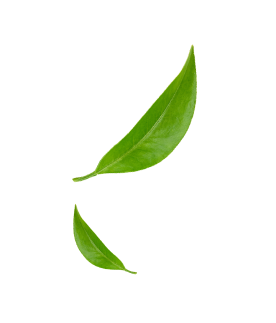Exploring the Different Types of Kava: A Deep Dive
Kava, a traditional beverage with roots in the South Pacific, has gained global attention for its unique effects on mood and relaxation. But did you know that not all kava is the same? The kava plant, Piper methysticum, boasts various strains and types, each with its distinct flavor, potency, and effects. This article will guide you through the diverse world of kava, helping you understand its many facets.
1. Understanding Kava's Origins
Kava is indigenous to the South Pacific islands, with a history that spans over 3,000 years. Pacific Island cultures, including Fiji, Vanuatu, and Tonga, have long revered kava for its ceremonial and social significance. The Kava drink is traditionally prepared by grinding or chewing the plant's roots and mixing them with water.
2. The Chemotype Factor
The effects of kava are primarily attributed to compounds called kavalactones. There are six major kavalactones, and the order in which they appear in a kava strain determines its chemotype. This chemotype can give insights into the kava's effects. For instance, kavas with kavalactone sequences starting with 2-4 are usually more sedative, while those beginning with 4-6 are more uplifting.
3. Types of Kava Based on Strain
- Noble Kava: This is the most sought-after type of kava, primarily consumed in traditional ceremonies. Noble kava offers a balanced effect, ensuring a pleasant experience without too much sedation. It's also less likely to cause side effects like nausea.
- Tudei Kava: Often considered inferior to noble kava, tudei (meaning "two days") kava can have effects lasting up to two days. It's less commonly consumed due to concerns about potential negative side effects and longer-lasting impacts.
- Wild Kava: As the name suggests, this type grows wild and isn't cultivated like the other strains. Its effects can be unpredictable, and it's less commonly found in commercial markets.
4. Types of Kava Based on Part of the Plant
- Waka: Made from the lateral roots of the kava plant, waka is usually more potent than other parts. It's often darker in color and has a strong flavor.
- Lewena: This is made from the stump of the kava plant. Lewena is lighter in color and flavor compared to waka.
- Koniak: A type of kava that's less refined and contains both the root and stump. It's often more affordable but can be rougher in taste.
5. Types of Kava Based on Preparation
- Traditional Grind: This is the traditional preparation where the kava root is ground to a fine powder. It's then kneaded and strained in cold water to produce the beverage.
- Micronized Kava: This is finely ground kava that doesn't need straining. You can mix it directly with water or juice, making it a convenient option for quick preparation.
- Instant Kava: This is a ready-to-mix powder derived from fresh kava juice. It's the easiest to prepare, ideal for those new to kava or looking for a quick fix.
6. Regional Varieties
Different South Pacific islands have their unique kava strains, each with its distinct flavor and effects:
- Vanuatu: Known for its potent kava varieties, with a strong effect on the mind and body.
- Fiji: Fijian kava is often milder and more balanced, making it suitable for regular consumption.
- Tonga: Tongan kava is known for its uplifting and euphoric effects, often preferred by those looking for a mood boost.
- Hawaii: Hawaiian kava, also known as 'awa, is smooth and mild, with a unique flavor profile.
Conclusion
The world of kava is vast and varied. From its chemotype to its regional strains, understanding the different types of kava can enhance your appreciation and experience of this ancient beverage. Whether you're a seasoned kava drinker or a curious newbie, there's a type of kava out there that's perfect for you. Always ensure you're sourcing kava from reputable suppliers and enjoy the journey of discovering the diverse offerings of this remarkable plant.

























































